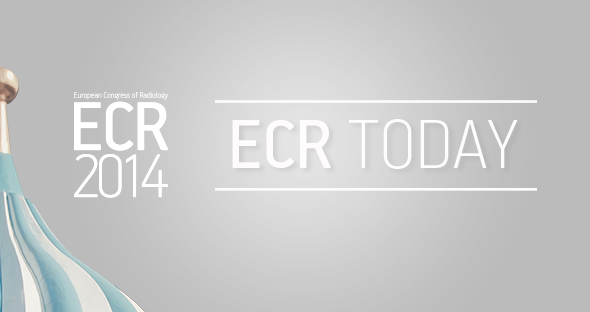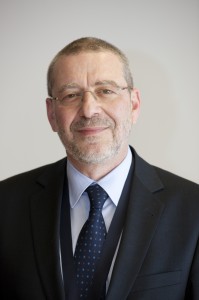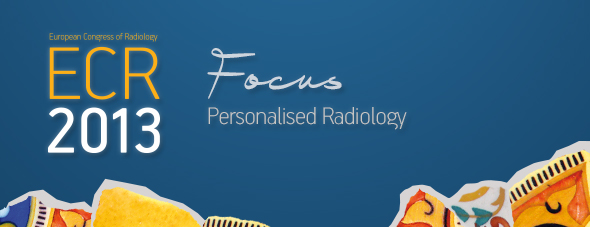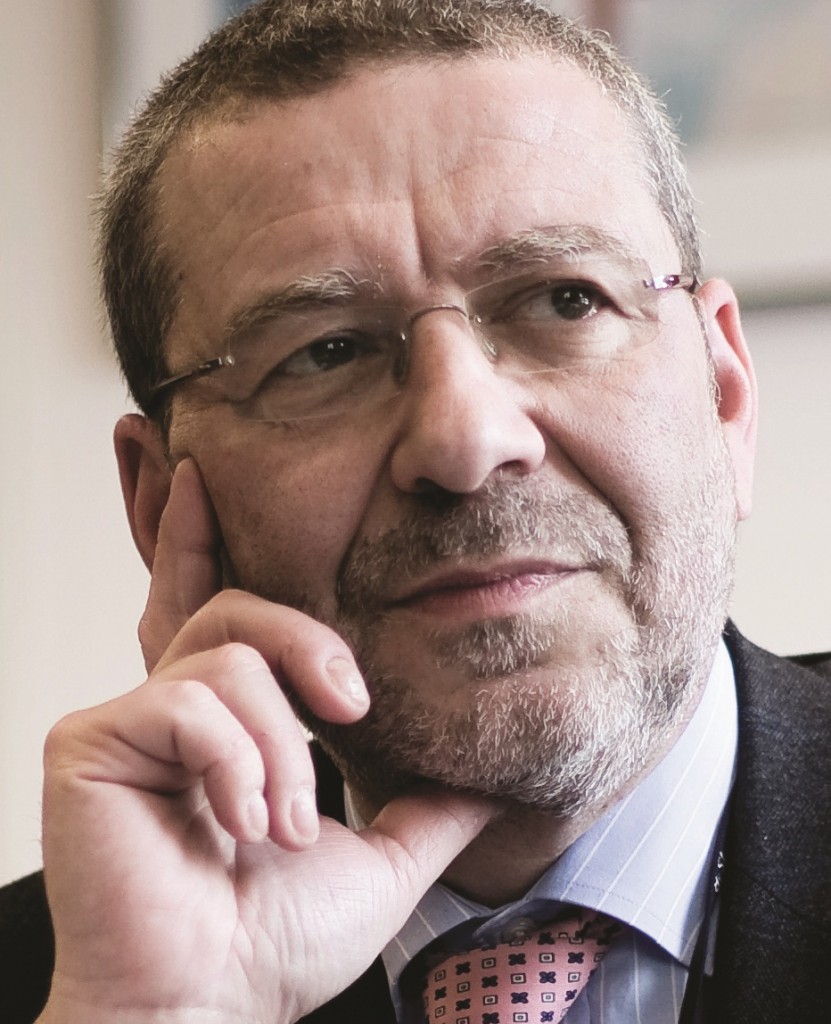EIBIR appoints new scientific director
by Alena Morrison
Prof. Gabriel P. Krestin has assumed the role of scientific director of the European Institute for Biomedical Imaging Research (EIBIR) after being nominated for the role during the organisation’s General Meeting on Saturday, March 8.
Committed to radiology research, Krestin worked with the ESR to establish EIBIR, which aims to foster and strengthen biomedical imaging research in Europe and has been involved with the organisation since its founding in 2006. He also recently served as chairman of the General Meeting. Since its inception, EIBIR has developed into a key platform for supporting research networking activities, spreading good practice and promoting common initiatives and interoperability in the field of biomedical imaging research. Stakeholders in the EIBIR network have also continued to grow and include European research institutes, shareholder organisations and industry partners.
ECR Today spoke with Krestin to hear some of his thoughts about EIBIR and his ideas for the future of the organisation.
ECR Today: Looking towards 2014, what activities and initiatives would you like to see begin this year?
Gabriel Krestin: We will have to strengthen the strategy and further extend the activities of EIBIR in the coming years. For now, I hope that at least some of the applications to the first call for proposals in the Horizon 2020 research funding framework of the EC will go into the second phase. That would keep the EIBIR office very busy in the coming months but would also give a new boost to EIBIR’s role as coordinator and administrator of biomedical imaging research in Europe. Furthermore, I hope that some new joint research initiatives will start in image-guided interventions, radiation therapy, paediatric imaging, and neuroimaging. Moreover, the intention is to set up a virtual contract research organisation that will enable multicentre imaging trials, initiated by researchers or by industry, to be performed.



